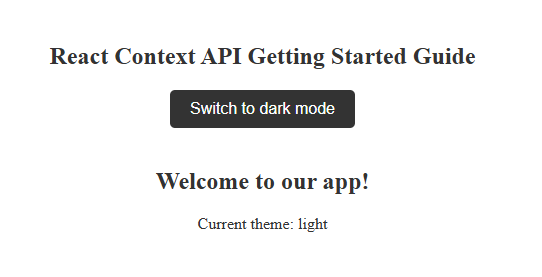Comparing Karttapullautin generated contours and traditional contours
Just for fun, I compared the contours from a traditional orienteering map (made long ago using traditional stereophotogrammetry — I think) with the contours generated from Karttapullautin’s processing of fresh LiDAR data.
I used Open Orienteering Mapper to remove most of the features from the old map, apart from the contours. Then I added the contours generated by Karttapullautin (but not the form lines). For clarity, I showed the Karttapullautin contours in blue (as using the narrow marsh dotted blue symbol for contours, and the crossable watercourse solid blue symbol for the index contours).

The maps are fairly closely aligned in the central areas, but there are also some noticeable differences (consider the knolls in the south-west, north-east and north-west).

Overall, I think the differences wouldn’t matter much to a hopeless amateur orienteer like me.
The old map probably took a very skilled practitioner a long time to create. The LiDAR-based map was generated on a computer, with no field work, and virtually no effort at all from me.
My conclusion from this exercise is that Karttapullautin is rather wonderful, and that we’re lucky to have such excellent data and tools available today.
The sample map is of the Black Mountain area in the ACT. You can find the area on Google Maps here. The east-west span of the map represents a little over 2km. The contours have a 5m interval. You can see that I trimmed a too much of the map — I created a gap in the divided road at the northern edge of the area.
This article is part of the Orienteering Mapping with LiDAR, Smartphones and Free Tools series.
Polite and constructive responses are always welcome.







